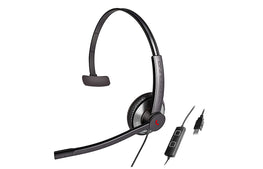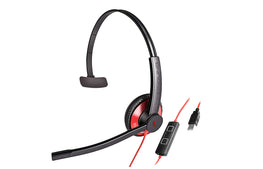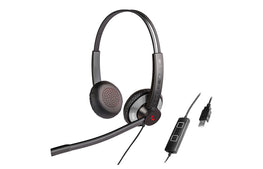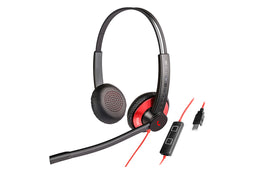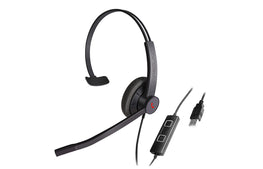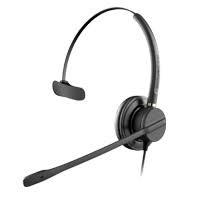
How Speech To Text Software can unlock the potential of auditory learners
Students at all stages have different methods of learning, and speech to text software can be key to catering to those who like to learn through listening.
The Visual, Auditory, Reading/writing and Kinetic (VARK) model, created by Neil. D Fleming, is popular method of determining a person's preference for how they are taught. Those who lean towards auditory learning are more comfortable using speech to express their ideas and thoughts and listening to notes instead of reading or utilising movement to learn.
While preference is important to take into account, auditory practices can and should be utilised for all learners. While there is a heavy preference towards reading/writing methods and manual note taking in our education system, taking notes through speech recognition software may give students of all ages a richer experience.
Introducing voice recognition software into a well-balanced, multi-modal plan ensures that auditory learners have a chance to use their preferred method. It will also give others a chance to explore and expand on their current methods to find the right tool for the context.
Not only does speech offer a new method in note-taking, it is also can help improve developing and refining audio processing. A study in 2012 conducted by Duke Medicine examined the Broca's area in the brain, which is responsible for both processing and controlling speech.
The researchers looked the brains of finches and found that they adapted their songs and communication through replicating the sounds of older birds and repetition of these sounds.This improved their ability to recognise and process complex songs as their Broca's area became more engaged and refined. These findings could be applied to education, especially in areas such as speech therapy and learning languages.
Speech to Text software is a useful tool to implement in both the VARK method and for auditory process development to encourage speech repetition.

